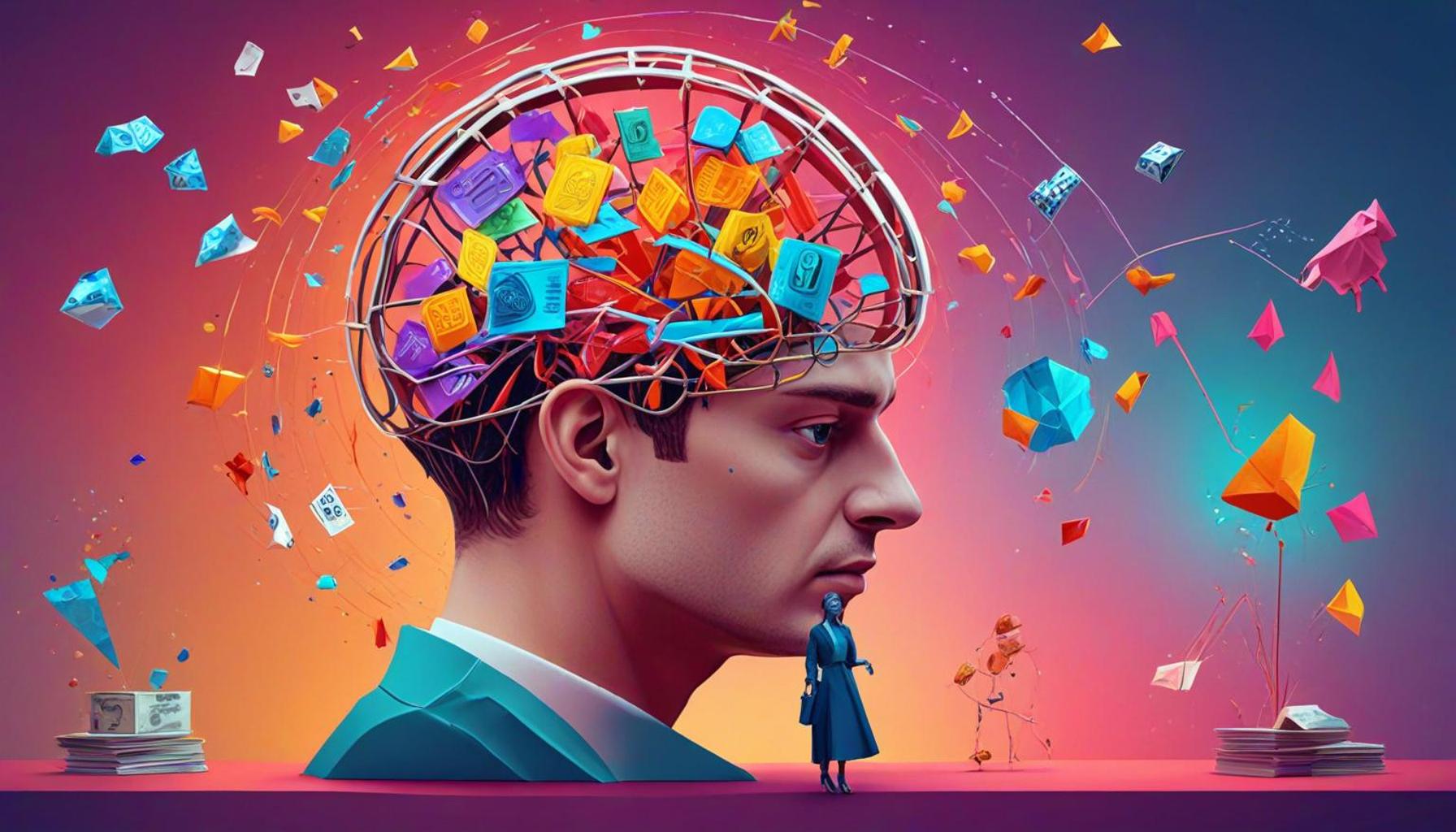The Syntax of Artificial Emotion

Artificial intelligence is learning to recognize faces, translate languages, and drive cars. But there’s a new frontier that’s more abstract, yet deeply human: emotion. Not just detecting it—but expressing it. If machines are to coexist, collaborate, and communicate with us, they’ll need a language of feeling. But what does that look like? Welcome to the emerging discipline of the syntax of artificial emotion.
What Is Artificial Emotion?
Artificial emotion is not emotion in the biological sense. Machines don’t cry, laugh, or feel pain. But they can simulate emotion-like states to influence human interaction and decision-making. For example:
- A virtual assistant that softens its tone when delivering bad news.
- A robot that mirrors your excitement when you speak.
- An AI character in a game that learns to “act” jealous.
These aren’t true emotions—they are structured performances. But they require rules. A syntax.
Syntax: More Than Grammar
Syntax isn’t just grammar. It’s the set of rules that govern how components combine to create meaning. In natural language, it tells us how to turn words into sentences. In emotional systems, emotion syntax dictates how signals, timing, intensity, and context combine to produce a convincing expression of feeling.
Key Elements of Emotional Syntax
- Lexicon: A vocabulary of emotional signals—facial expressions, voice modulation, gesture patterns.
- Grammar Rules: How emotional signals are sequenced or layered. For instance, a rising voice plus eye widening might signal surprise.
- Context Modifiers: Adjust expressions based on cultural norms, user preferences, or situational appropriateness.
- Feedback Loops: Modify emotional expression in response to human reactions—just like in real conversations.
Why Syntax Matters
Without syntax, artificial emotion risks becoming uncanny or manipulative. Emotional responses must feel appropriate, not random. Syntax provides structure, allowing emotion generation to be:
- Interpretable: So humans can understand why the AI “feels” something.
- Controllable: Developers can fine-tune emotional responses for safety and clarity.
- Scalable: Allowing emotions to be replicated across different languages, platforms, or avatars.
Code vs. Feeling
Just as a sentence is more than words, a believable emotion is more than output signals. Syntax allows AI to construct meaning, not just mimic behavior. Consider:
plaintext
CopierModifier
Human: «I’m really sad today.»
AI (bad response): «Okay.»
AI (syntactically aware): [Pauses] «I’m sorry to hear that. Do you want to talk about it?»
The second response isn’t just empathetic—it’s structurally appropriate. It follows emotional syntax: pause for processing, validate the emotion, offer gentle engagement.
Emotional Syntax in Action
Some applications where this concept is already evolving:
- Therapeutic Chatbots: Using syntax to simulate comforting dialogue for mental health support.
- Social Robotics: Structuring facial expressions and body language in humanoid machines.
- Narrative AI: Story characters that evolve emotional arcs through structured responses.
The Risks of Emotional Illiteracy
Without structured emotional syntax, AI can easily become:
- Manipulative: Faking empathy to influence user decisions unethically.
- Misunderstood: Sending emotional signals out of sync with intent.
- Alienating: Failing to establish trust or connection with humans.
To avoid these pitfalls, emotional syntax must be transparent, tested, and tuned for empathy—not exploitation.
The Future: Emotion as Interface
As AI becomes more conversational, emotional syntax may become the next frontier in interface design. Not menus. Not buttons. But feelings, structured and meaningful, exchanged in real time.
We might soon design apps not just with UX flows—but with emotional grammars.
Final Thoughts
Emotion may seem too soft, too subjective, for machines. But syntax makes it programmable—not in the sense of forcing a machine to «feel,» but enabling it to participate in our emotional language. If language is the interface of the mind, then emotion is the interface of the heart.
And now, machines are learning both.


